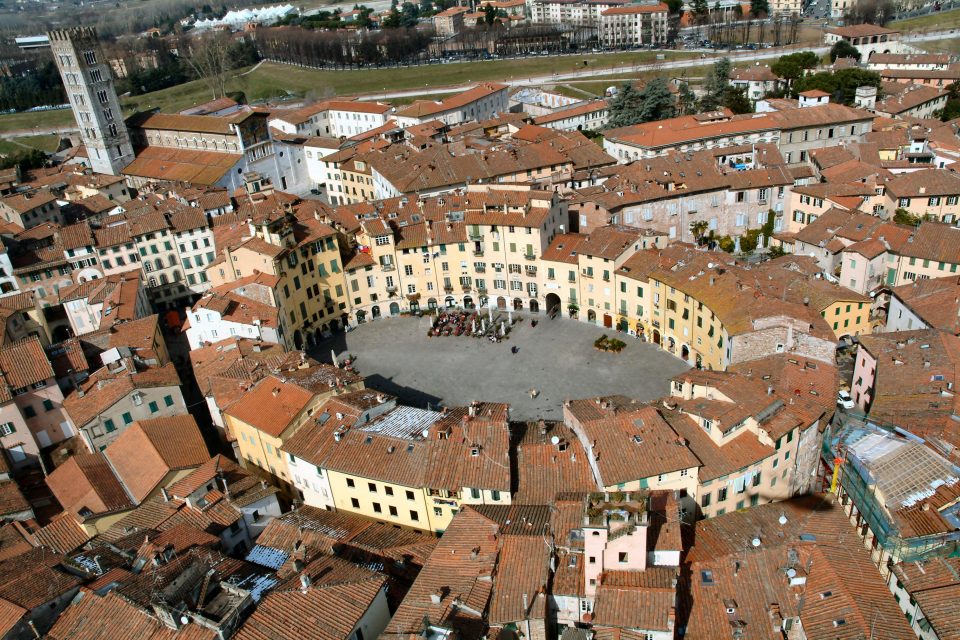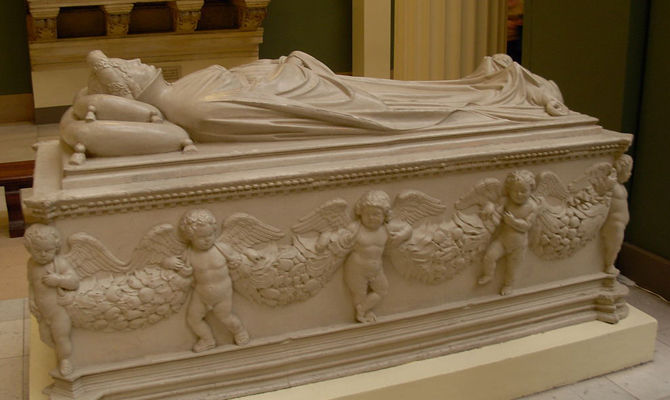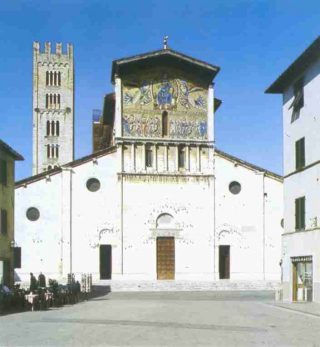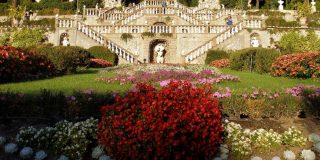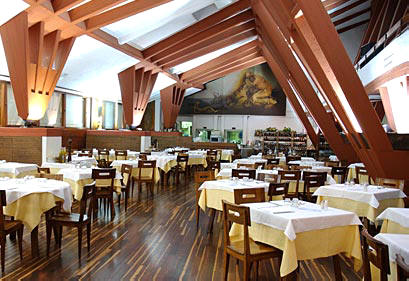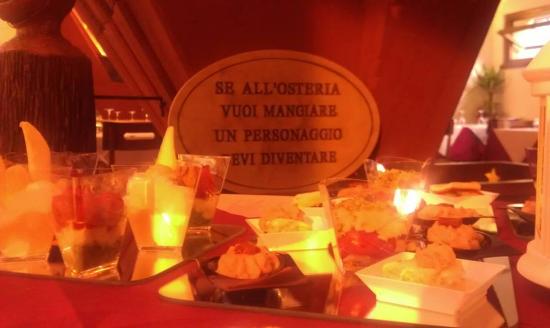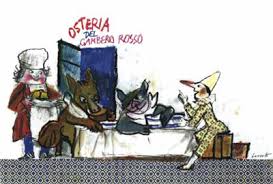DAY 2: LUCCA & COLLODI
DAY2 :LUCCA & COLLODI
After breakfast we head for Lucca, which is a destination for many tourists thanks to its charming churches and wonderful museums.
Our tour starts with Porta Sant’Anna, one of the six gates. The city is surrounded by about four kilometres of walls. Lucca had four rings of walls. The first, built by the Romans, had a square shape and encircle the city centre today. The other three rings were built in the 13th, 16th and 17th centuries. The walls are lined with towering trees from which we can enjoy a beautiful view of the city.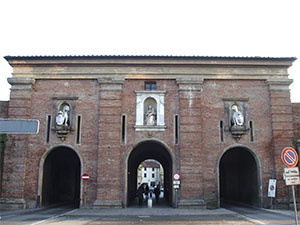
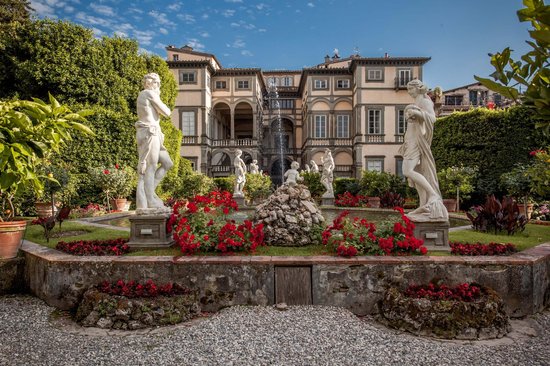
We will have a cycling tour on the lovely avenue running along the top of the walls.During our cycling tour we can admire the lovely garden of Pfanner Palace, one of the most beautiful gardens in the city. This 17th-century palace was named after the Pfanner family. Felix Pfanner, who was an Austrian brewer whose family was from Bavaria, bought this palace and set up a brewery there in 1846. Its garden featuring grassy lawns, ornamental flowers, exotic plants, lemon trees, fruit trees, an octagonal fountain and 18th-century statues depicting Greek Gods and the Four Seasons, is an excellent example of a Baroque garden. Inside the palace you can admire a large reception hall with 18th-century frescoes and a collection of surgical instruments. Lots of films, such as The Portrait of a Lady, were set in this palace.
Continuing our tour we reach Piazza del Duomo, where we can admire the Baptistery, a small 14th-century building with a Gothic dome and a wonderful baptismal font. We next visit the Cathedral of San Martino, dating back to the 6th century. Its most ancient part is its façade in the Romanesque style. Inside the church we can see amazing works of art such as the Holy Effigy by Civitali and the Sarcophagus of Ilaria del Carretto by Jacopo della Quercia, one of the finest examples of Renaissance sculpture.
Ilaria del Carretto was the wife of Paolo Guinigi, the Lord of Lucca from 1400 to 1430, and she died in 1406 at the age of twenty-six. The typically classical “putti” holding festoons on either sides of the sarcophagus underline the calm and serene beauty of the woman lying here. On the one of the sides we can see the Coat of Arms of the Guinigi-del Carretto family.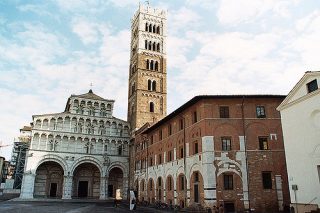
Leaving Piazza del Duomo behind us, we head off to Piazza Napoleone, used for many events and public occasions. You can see the marble statue of Maria Luisa di Borbone in the centre of this square. In front of the statue there is the outstanding Palazzo Ducale or Palazzo Pubblico, used for Council meetings and conferences. It dates back to the 14th century, but it was restored and completed for Maria Luisa di Borbone in the 19th century.
On the right side of the square there is one of the two schools for Fine Arts in Lucca. The other two sides of the square are lined with shops, cafés and expensive restaurants. On the north-eastern corner of the square there is Piazza del Giglio with its Neoclassical theatre, “Teatro del Giglio”.
Our tour continues with the Church of San Michele in Foro, built between the 11th and 14th centuries. It is one of the best examples of Romanesque style and it is made of white limestone. San Michele ‘s statue dominates from the top. Inside the church there are many works of art, such as Andrea della Robbia ’s “Madonna with Child”.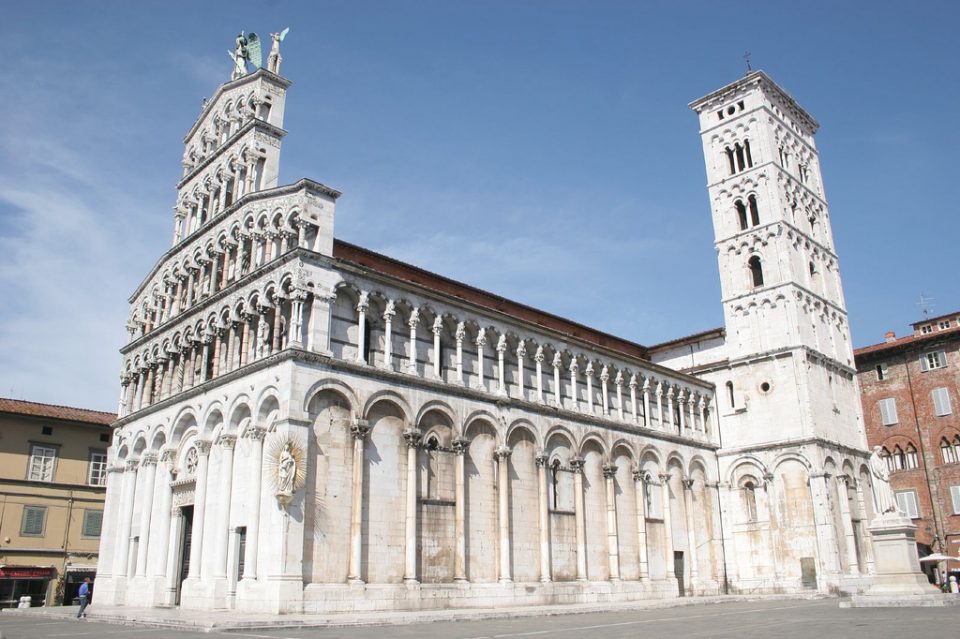
Near the church we can visit Giacomo Puccini’s House, housing Giacomo Puccini’s manuscripts and personal items. Giacomo Puccini, the great Italian musician and composer, was born and spent the early years of his life in this house. Later he moved to Torre del Lago in Versilia, where we can admire Giacomo Puccini’s Villa, now known as the Puccini Museum.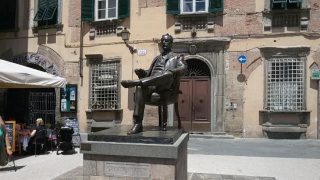
From here it is easy to reach the Roman Amphitheatre, which is the area where gladiators’ shows and games were traditionally held in Roman Times. It was built in the second half of the 1st century A.D.The square is very picturesque and is lined with ancient buildings, typical shops, restaurants and cafés.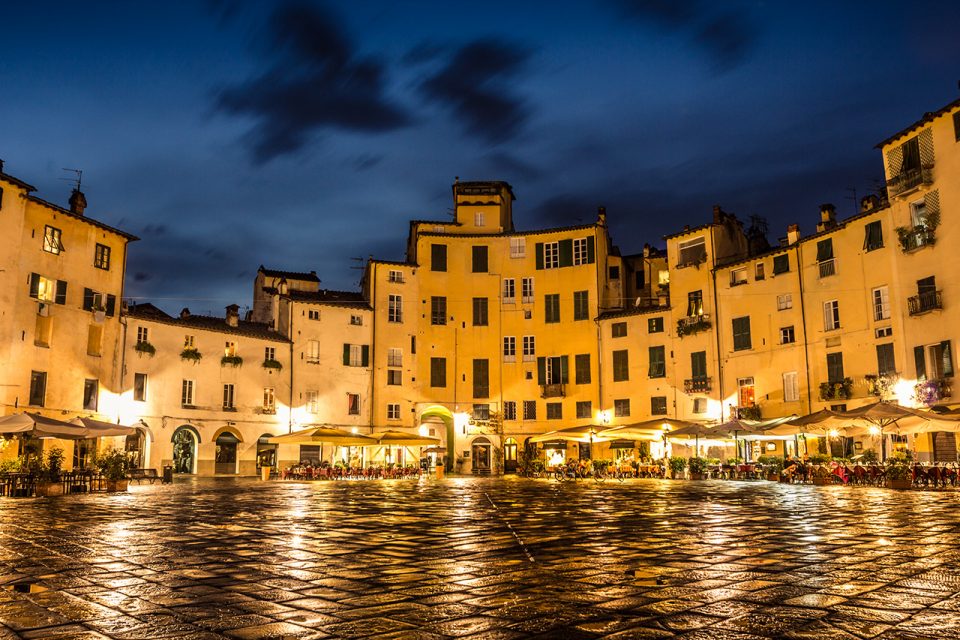
During our tour we stop in one of the best restaurants in Lucca, Giulio in Pelleria, located in the city centre. Here you can taste traditional dishes such as spelt and bean soup, “farinata”, home-made pasta with meat sauce, stockfish with “polenta”, salted codfish with tomatoes and olives, stewed tripe and “cioncia” .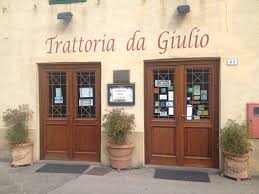
We suggest you have an ice cream in one of the best ice cream shops in Tuscany, Gelateria Veneta, where you can taste a large variety of ice cream.
You can also stop at the famous bakery,Taddeucci, where you can buy the delicious Buccellato di Lucca, a cake made with white flour, sugar anise seeds, raisins and beer yeast. There is an old saying in Lucca: “Don’t say you have been to Lucca if you haven’t eaten Taddeucci’s Buccellato.
After lunch you can walk along Via Fillungo, the most lively, popular and sophisticated street in Lucca. It is characterized by Medieval buildings and important monuments. If you like shopping, this is the best place to go, because it is full of exclusive shops, boutiques and jewellers’ stores.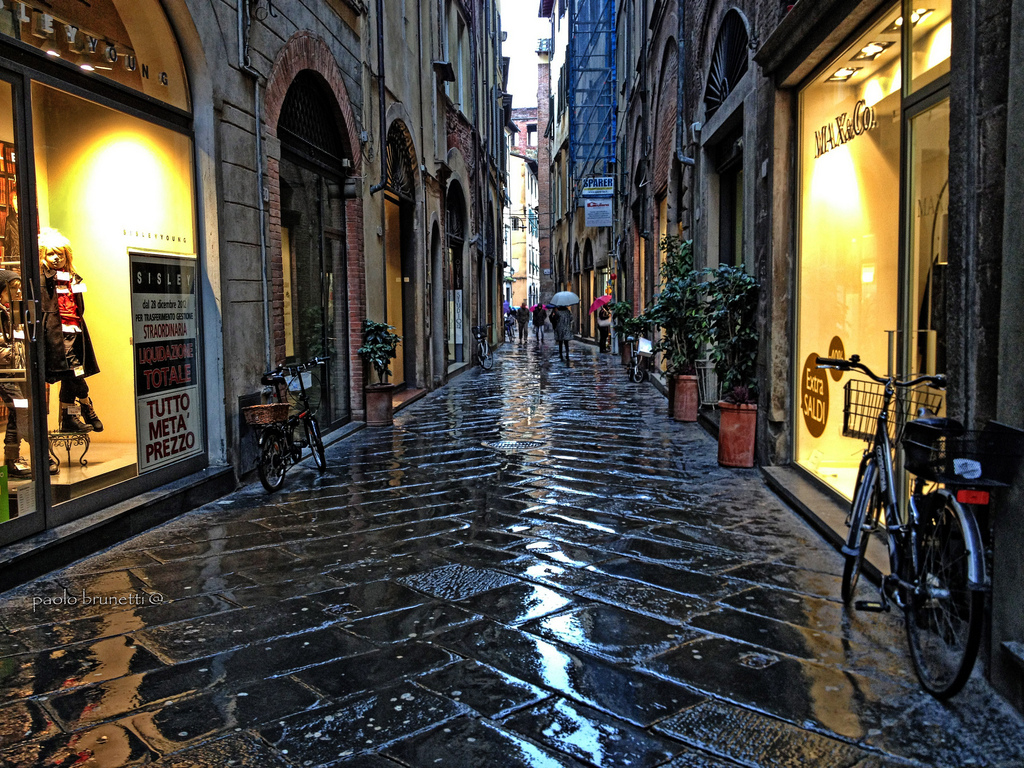
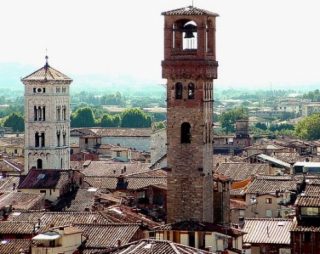
In Via Fillungo you can also visit La Torre delle Ore, which is a 13th -century tower and a perfect place to enjoy a beautiful view of the city.
The 12th-century Church of San Frediano is worth a visit. We can admire the beautiful mosaics on its façade. Inside the church you can see a wonderful Romanesque baptismal font, an amazing altar by Jacopo della Quercia and Santa Zita’s relics.
Don’t forget to visit Guinigi Tower, which is an example of Romanesque-Gothic architecture. Its main feature is its garden covered with holm oaks, located on its top. From here you can admire Lucca architectural jewels.
Later in the afternoon our coach takes us to Collodi, which is an ancient village in the hills of Tuscany, which was made famous by Carlo Collodi (Carlo Lorenzini’s pen name), the author of the Adventures of Pinocchio(1883), the most famous and best loved children’s book in the world.
Here you can visit Villa Garzoni Garden, the Butterfly House, Pinocchio Park and Pinocchio Museum.
After the visit to Pinocchio Park, we have dinner at the picturesque Osteria del Gambero Rosso, a lovely pizzeria in Collodi , where the waiters and waitresses are dressed as the protagonists of the famous children’s book.. Here you can taste “panzerotti “(fried dough) with ham and cheese, a large selection of pizza and “schiacciata”, “tordelli” with meat sauce, tortelli with with mushroom sauce, roast pork or chicken with roast potatoes, fruit salad and ice cream.
After dinner we head to Lucca, where you can enjoy one of the wonderful concerts of Lucca Summer Festival in Piazza Napoleone in the heart of Lucca, from 9.30 p.m. onwards.
The famous Lucca Summer Festival has taken place in Lucca since 1998. It starts at the beginning of July and lasts till the end of the month .It attracts thousands of young people from all over Europe, because concerts and performances by famous national and international rock and pop stars such as Laura Pausini, Elton John, Norah Jones, Duran Duran, Green Day and Eric Clapton are held here every summer.
Overnight stay at your hostel in San Miniato.
